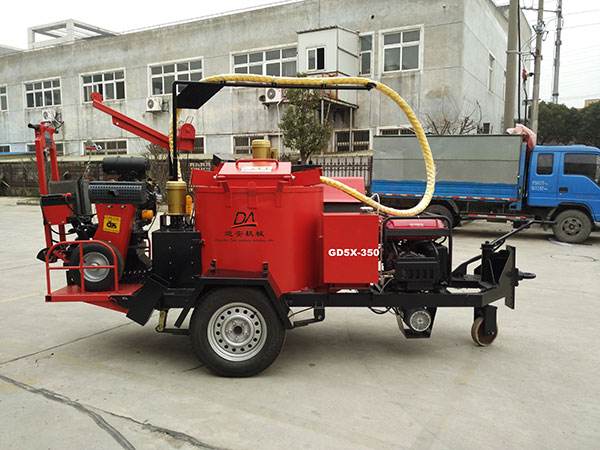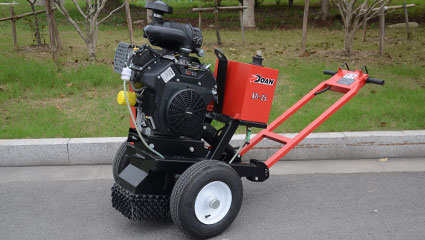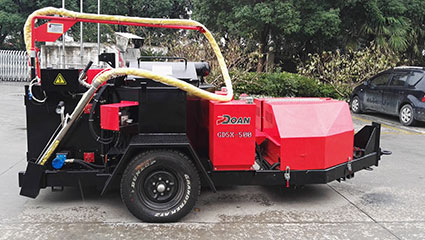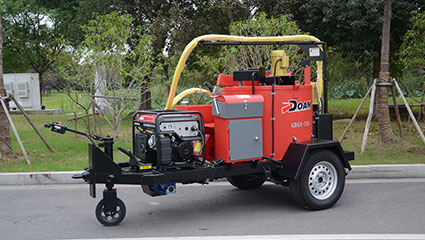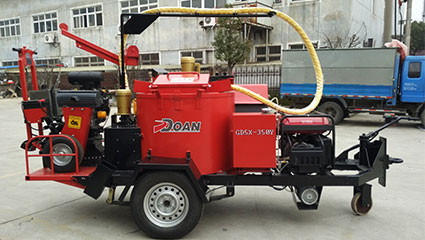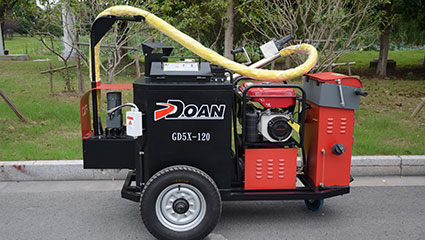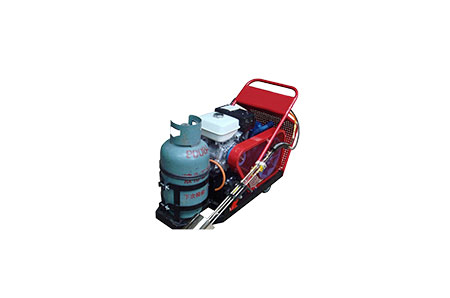Crack sealing is a preventive maintenance activity. Ideally, it is conducted shortly after working cracks have developed to an adequate extent and at a time of year when temperatures are moderately cool (7 to 18oC), such as in the spring or fall. When newly developed cracks are sealed, deteriorated crack segments (i.e., secondary cracks, spalls), which adversely affect seal performance, are minimized. Typically, transverse
Recommended criteria for determining whether to seal or fill. Crack Characteristics Crack Treatment Activity Crack Sealing Crack Filling Width, mm 5 to 19 5 to 25 Edge Deterioration (i.e., spalls, secondary cracks) Minimal to None (< 25 percent of crack length) Moderate to None (< 50 percent of crack length) Annual Horizontal Movement, mm > 3 < 3 Type of Crack Transverse Thermal Cracks Transverse Reflective Cracks Longitudinal Reflective Cracks Longitudinal Cold-Joint Cracks Longitudinal Reflective Cracks Longitudinal Cold-Joint Cracks Longitudinal Edge Cracks Distantly Spaced Block Cracks thermal cracks in AC flexible pavements appear 2 to 7 years after construction, whereas transverse reflection cracks in ACoverlaid concrete pavements often materialize 1 to 3 years after resurfacing. Sealing in moderately cool temperatures is beneficial from two standpoints. First, cracks are partly opened so that a sufficient amount of material can be placed in the crack if cutting is not to be performed. Second, the width of the crack channel, whether cut or uncut, is nearly at the middle of its working range. This is important to the performance of the sealant material because it will not have to undergo excessive extension or contraction. Most crack filling operations can be conducted year-round; however, they often take place during cool or moderately cool weather (2 to 13oC). At these temperatures, cracks are mostly or completely open, and more material can be applied.

